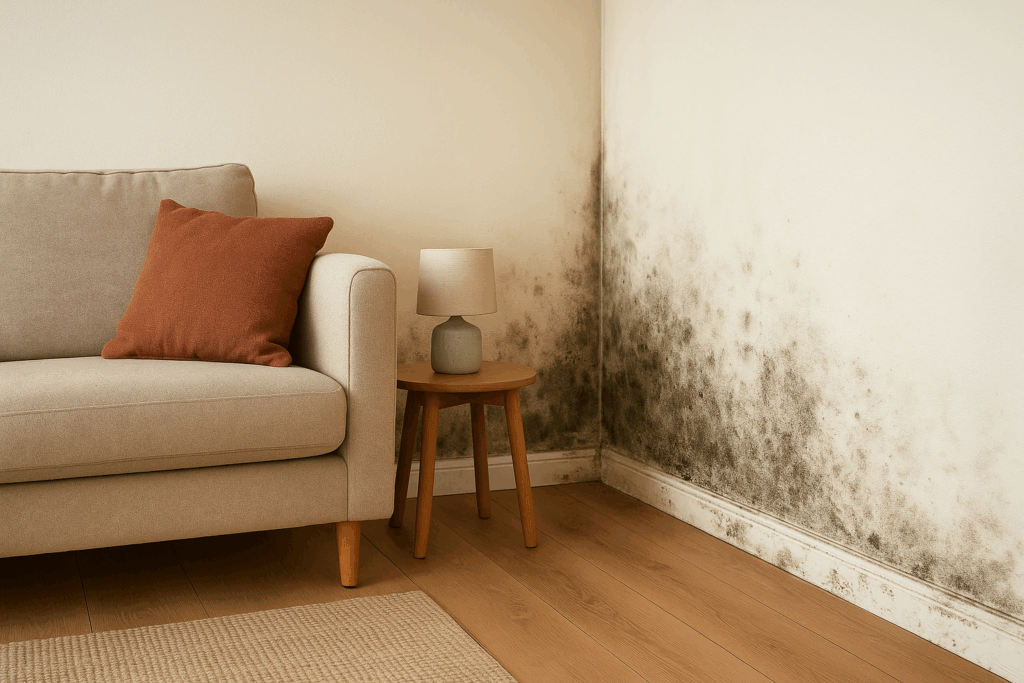Case law (or judicial precedent) in the UK are essentially laws made by courts and judges rather than the government (which is statutory law).
Judicial precedents actively shape workplace standards and compliance measures by responding to cases not explicitly covered by statutory law.
In this blog, we’ll assess some landmark cases for health and safety that have affected the principles underpinning health and safety law, the duties bestowed upon employers and employee rights.
Exploring Key Influential Case Law
There are numerous examples of case law affecting health and safety legislation and culture, but here are three of the more widely known cases:
Donoghue v Stevenson (1932)
May Donoghue’s finding of a decomposed snail in a ginger beer bottle she consumed laid the groundwork for negligence claims. Here, responsibility for the snail, which made the claimant ill, was attributed to the manufacturer. It eventually went to the House of Lords.
This case cemented the concept of duty of care, requiring both individuals and organisations to avoid acts or omissions that could potentially harm others.
Paris v Stepney Borough Council (1951)
This case involved a business failing to provide safety goggles to an employee who was already partially sighted and then sustained an injury leading to blindness in the healthy eye.
The key here was that the claimant had poor sight in one eye, meaning his potential for harm was greater. Thus, the onus was on the business to perform additional risk assessments than usual.
This principle rings true today – businesses can’t take a one-size-fits-all approach to health and safety.
R v Board of Trustees of the Science Museum (1993)
Here, the Science Museum allegedly failed to take action on potential Legionnaires disease in their air conditioning system. It hadn’t been proven that anyone had been affected by the disease – which was the key here.
“The prosecution argued that it was not necessary to prove that members of the public had actually inhaled the bacterium or that it had actually been there to be inhaled” – Croner.i.
In other words, the lack of maintenance produced the risk – the fact no one fell ill didn’t matter.
The Science Museum was prosecuted, showing that organisational entities, not just individuals, can be liable for safety breaches – even incidents that don’t actually inflict harm provided the risk is there and ignored.
The Impact of Case Law on Health and Safety Practices
These cases illustrate the dynamic nature of health and safety law, driven by judicial interpretations that address ever-evolving real-world scenarios.
While health and safety law is comprehensive today, it’s very possible that we’ll see new precedents being set in the future.
These cases and others also show that businesses need to be extremely nuanced in their health and safety approach and can’t take the comprehensiveness of their current practices for granted.
Core learnings include:
- Proactive Risk Management: Anticipating potential hazards and implementing preventative strategies are fundamental principles derived from these cases.
- Individualised Safety Considerations: Recognising employees’ diverse needs and vulnerabilities mandates a personalised approach to safety, ensuring all workers are adequately protected.
- Legal Obligations and Compliance: The cases underscore the legal implications of failing to adhere to health and safety standards, emphasising the importance of compliance for both individuals and organisations.
If you want to learn more about health and safety and its evolution, read more on the HCS Safety blog here. Or to enhance your organisation’s health and safety, contact us today.




